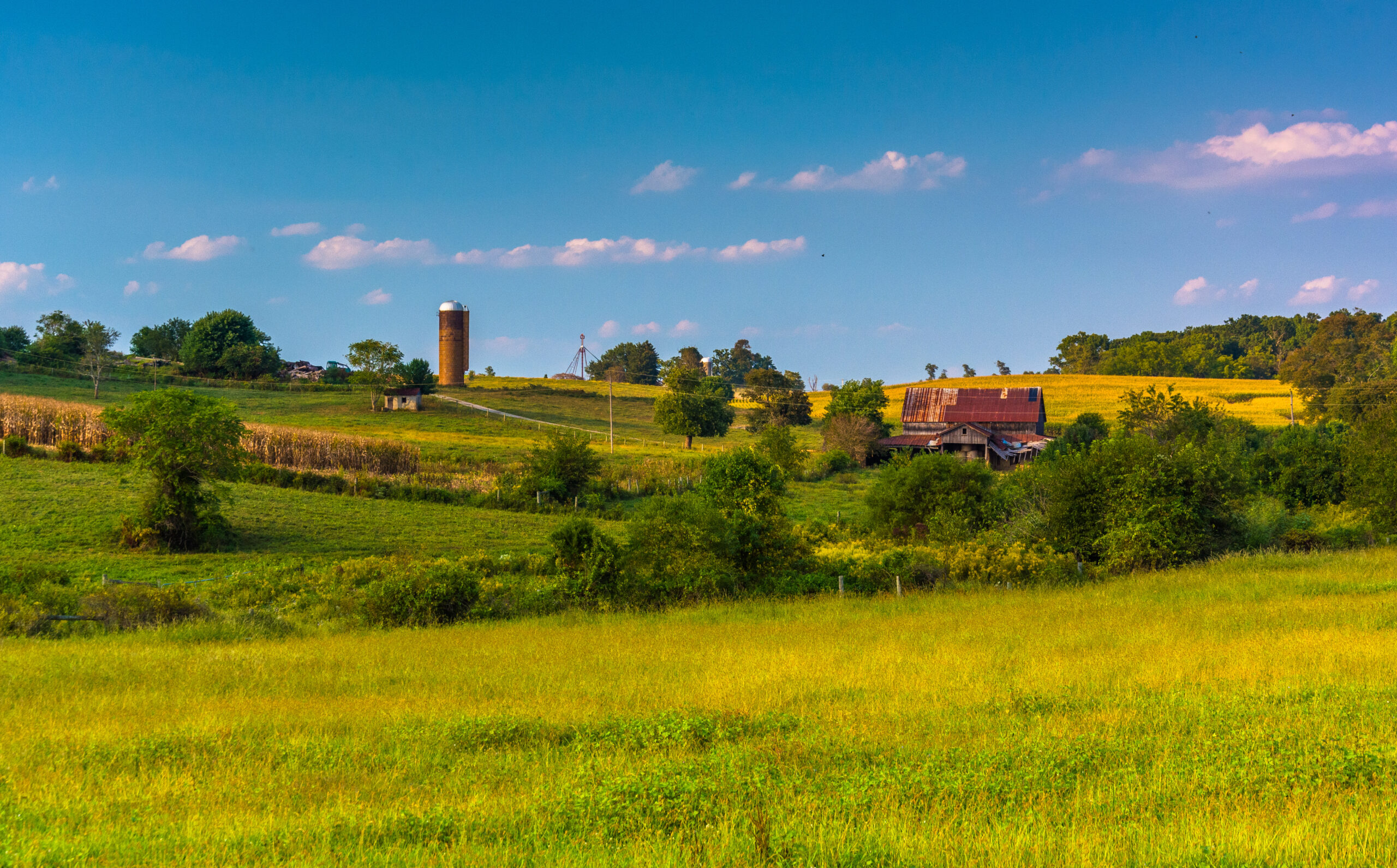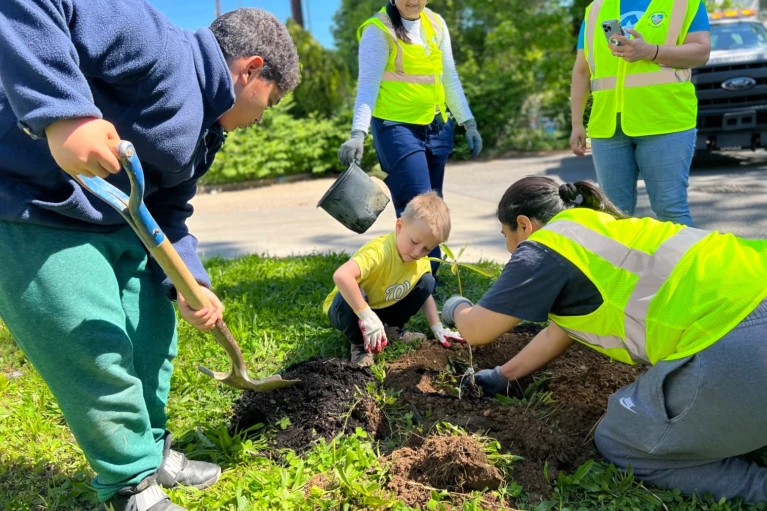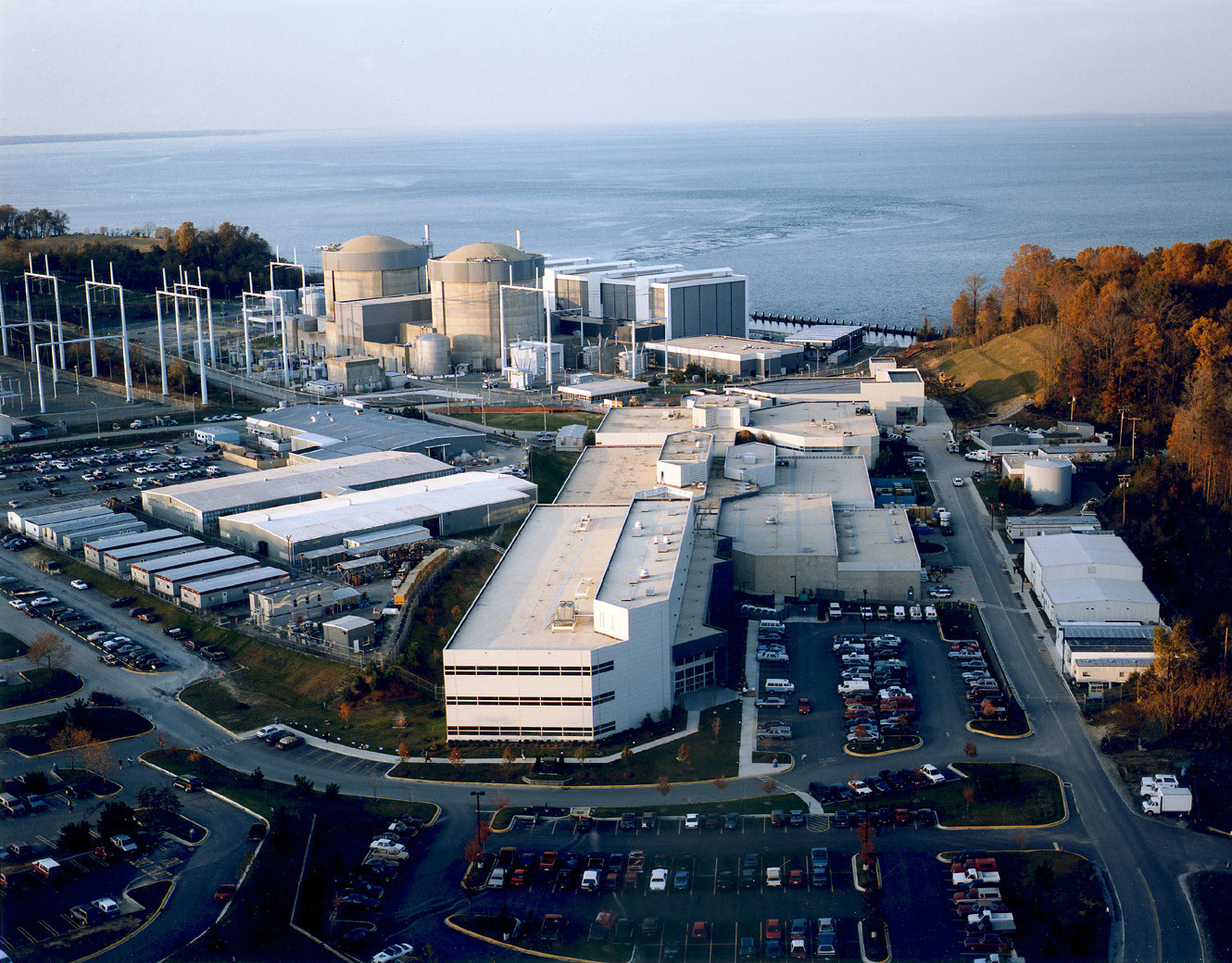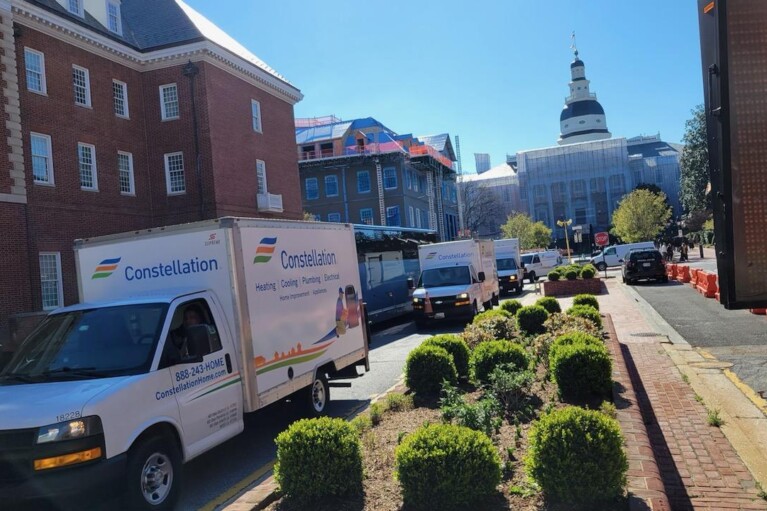Report: Agricultural investments for Bay cleanup spur economy

Investments in agricultural best management practices have positive returns for the economy, according to a report released by the Chesapeake Bay Foundation on Wednesday.
The report found that for every dollar spent on farmers’ best management practices within the Chesapeake Bay watershed, $1.75 is returned through higher sales of goods and services as well as earnings. Investments are also contributing to the creation of an estimated 6,673 jobs annually between 2020 and 2025.
“We already know investing in agricultural conservation pays big dividends in cleaner water, more productive soil, climate-resilient farms, and healthier fish and wildlife habitat,” said CBF Director of Science and Agricultural Policy Beth McGee in a statement. “Today’s report makes it clear these investments produce economic benefits for local businesses and workers as well.”
The report, prepared by Charlottesville-based Key-Log Economics, looked at what five states in the Bay watershed — Virginia, Pennsylvania, Maryland, West Virginia and New York — still have to do to achieve pollution reduction goals by 2025.
More than 90% of the states’ remaining pollution reductions must come from agriculture, according to the Bay Foundation.
Using the Chesapeake Bay Program’s Chesapeake Assessment Scenario Tool, or CAST, and data from the U.S. Department of Agriculture, the report identified the cost to implement each of 17 best management practices, including nutrient management plans, forest buffers and waste management systems. That data was then entered into the Regional Input-Output Modeling System from the U.S. Bureau of Economic Analysis to derive the economic impact.
For example, the report determined that an investment in forest buffers would lead to more jobs for people planting trees and more jobs for workers at tree nurseries. More jobs would also be added in the grocery stores where the tree planters and nursery workers buy their food.
“These results highlight how investing in conservation can stimulate the region’s economy while advancing Bay restoration,” said Key-Log senior economist Carolyn Alkire in a statement.
In Maryland, the report found that $23.1 million invested in best management practices would lead to an economic return of $41.2 million. In surrounding states, if Pennsylvania invested $195.7 million, it would see $352.5 million returned. Virginia would get $191.2 million back after investing $116.1 million.
The spending by the three states would constitute about 90% of the $375.1 million in annual spending needed across the entire watershed to meet the 2025 goals. The report estimates those investments would generate $655 million.
Virginia, Maryland and Pennsylvania have worked to install fencing to prevent animals from entering waterways, encouraged prescribed grazing to improve the quality and quantity of pastures by targeting where livestock can feed and planted tree buffers.
The largest driver of economic activity across the entire watershed was waste management, or ways to collect, transfer and store manure and wastes from animal operations, which researchers found generated 24.1% of returns. Next was nutrient management, leading to 20% of the economic activity, followed by planting cover crops, at 20.9%.
But the report noted that certain practices are more cost effective than others and have additional benefits. A $7.62 investment in forest buffers could remove a pound of nitrogen from the watershed and provide shade and habitat for wildlife, store carbon and provide additional revenue for farmers through production of nuts, fruit, livestock forage and honey. Comparatively, it would cost $2,350 to install an animal waste management system to remove the same amount of nitrogen.
“Targeting funding to practices like forested buffers that are cost‑effective and provide a holistic range of benefits can, and should, help ensure the greatest outcomes for the region’s water quality and community well-being,” McGee said.
The report follows the Bay Foundation’s release of the 2022 State of the Blueprint Report, which found states in the watershed were not on track to meet their 2025 commitments. Maryland, Pennsylvania and Virginia account for roughly 90% of the pollution in the Bay. The Environmental Protection Agency is discussing a new deadline for pollution reductions.
A version of this story first appeared in the Virginia Mercury. Danielle E. Gaines contributed to this report.




 Creative Commons Attribution
Creative Commons Attribution